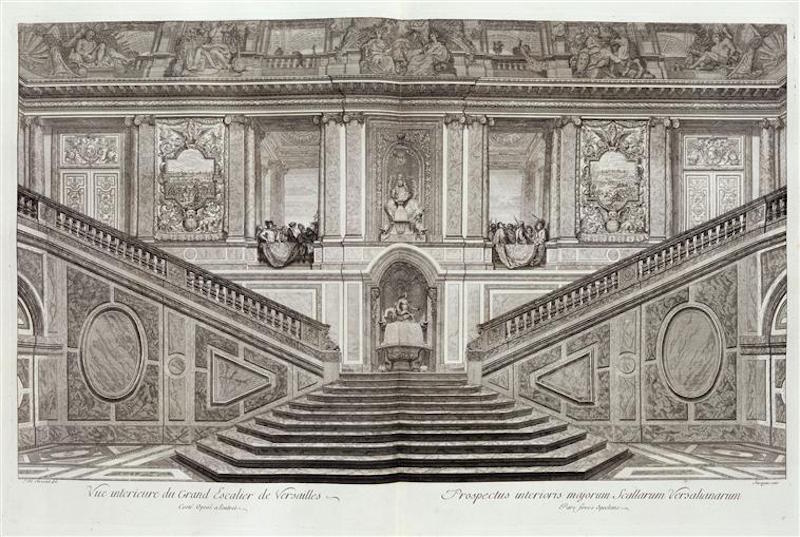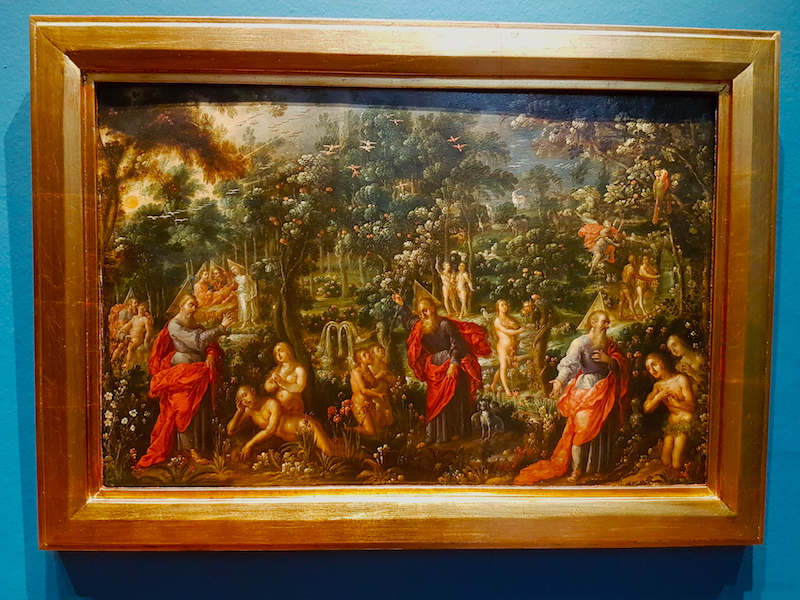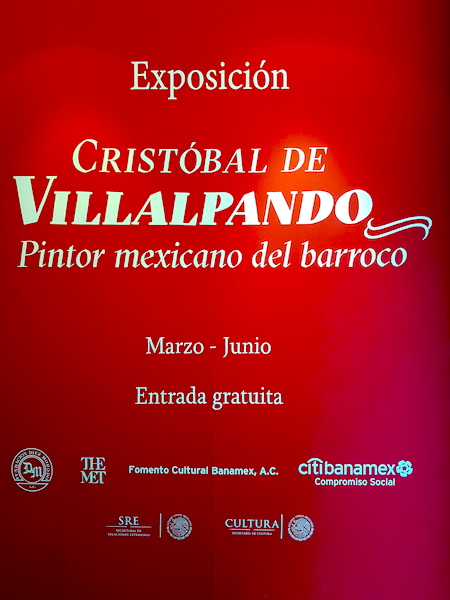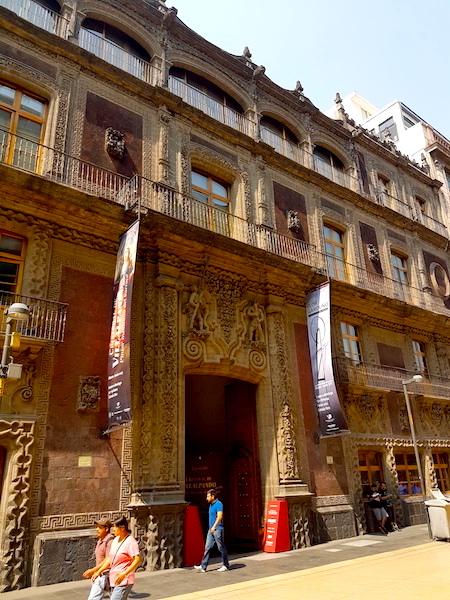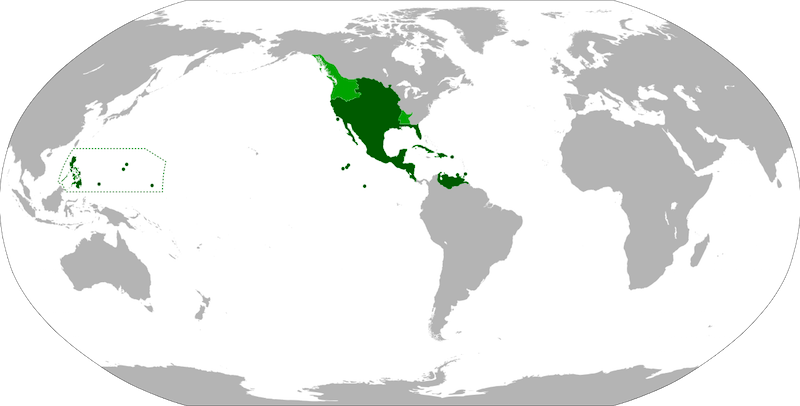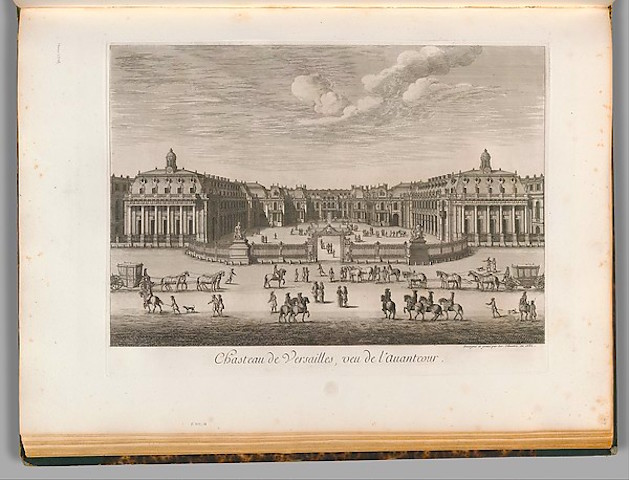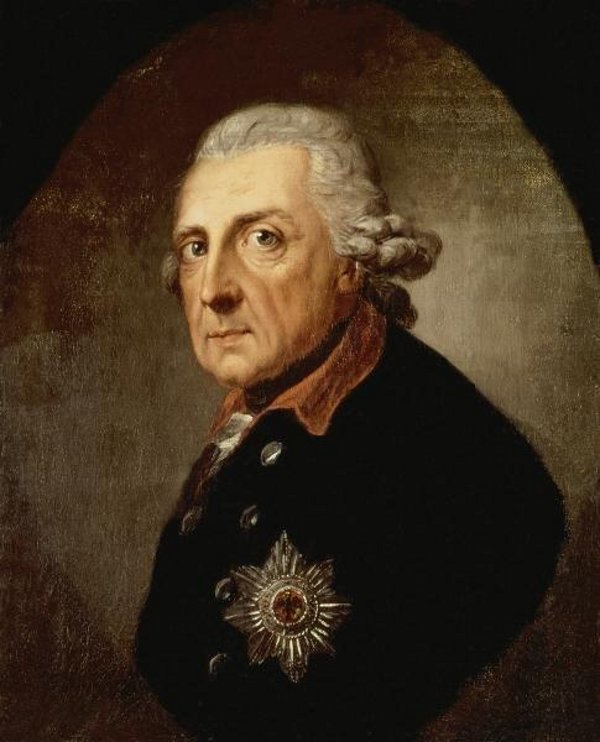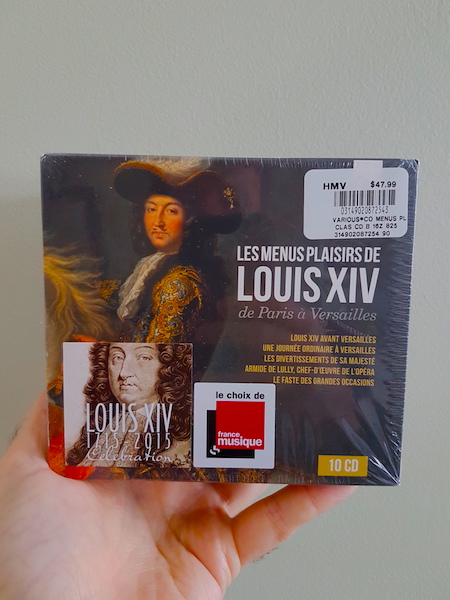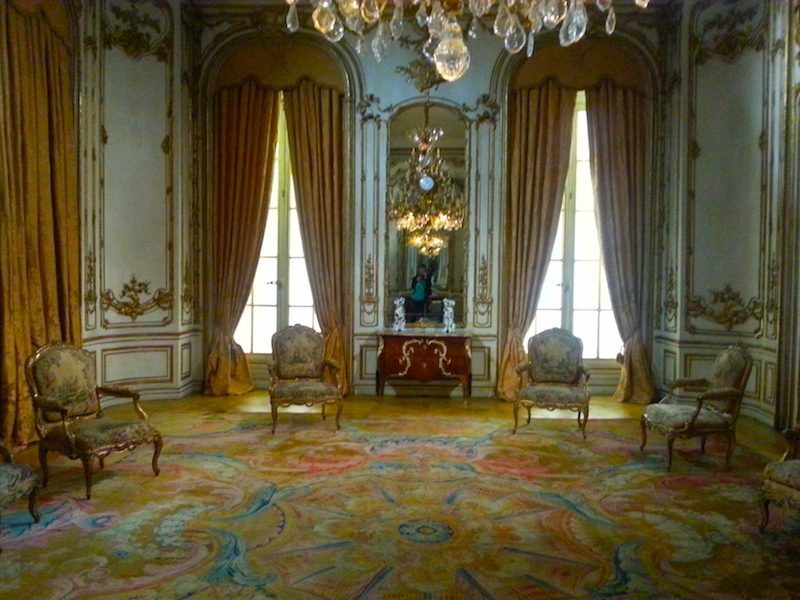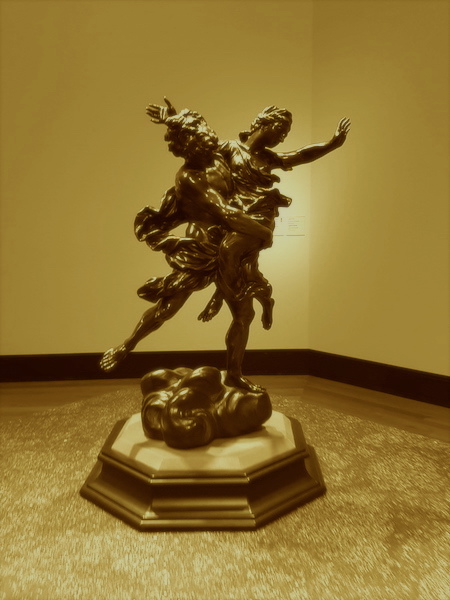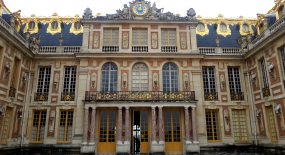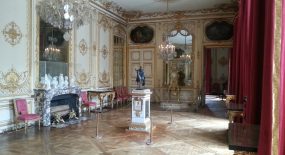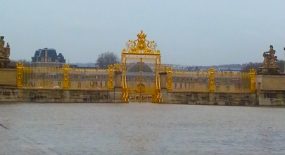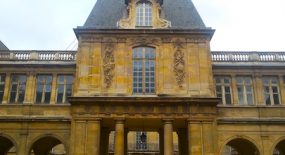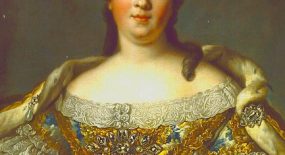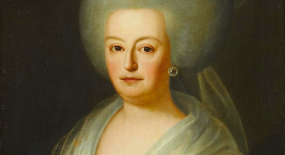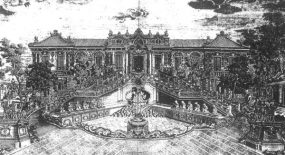When you visit the gardens of Versailles today, the plantings you see are not those of Louis XIV and Le Nôtre.
The Sun King and his great gardener together oversaw the design and planting of the gardens in a series of campaigns that was largely completed by the late 1680s, though the King continued to tinker with various elements until the end of his life. The only major alteration in the reign of Louis XV was the construction of the Bassin de Neptune in the northeastern corner of the gardens. Le Bien Aimé otherwise concentrated his gardening efforts on the Petit Trianon.
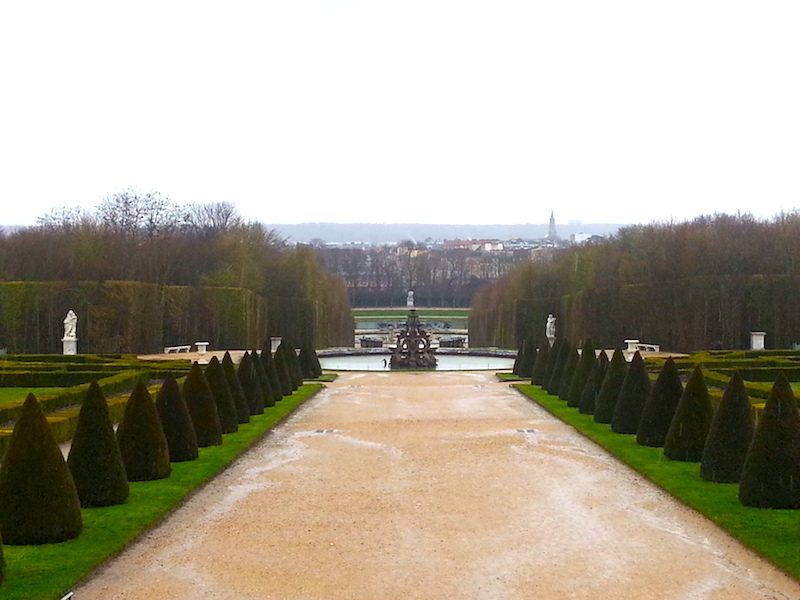
The Bassin de Neptune on a rainy day in late March, 2016.
The layout of the gardens as we see them today, then, is still more or less as it was at the death of Louis XIV in 1715. Plants are living things, however, and though some live long, none are eternal. According to ‘The Gardens’ page on the Château’s official website, it was understood from the start that the gardens would have to be replanted once every hundred years or so.







